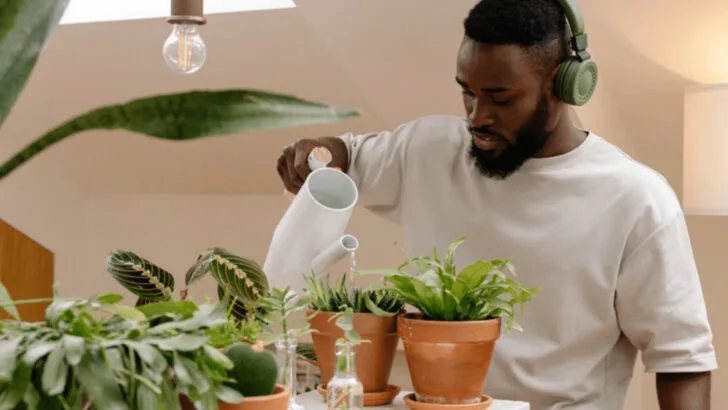Watering your plants sounds simple, but it’s one of the biggest challenges even experienced plant parents face. At Plantisima, we know that proper watering can make all the difference between a thriving green friend and a struggling one. Overwatering or underwatering are common mistakes—but with the right knowledge, you can keep your plants happy and healthy.
In this article, we’ll share 19 essential watering rules that every plant owner needs to know. From how often to water different species to understanding soil moisture and drainage, these tips will help you master the art of hydration and avoid common pitfalls.
To all our Plantisima readers who want to become confident plant caretakers—this guide is your watering bible. Learn how to listen to your plants’ needs and give them exactly what they crave, so they can flourish season after season.
Understanding Plant Needs
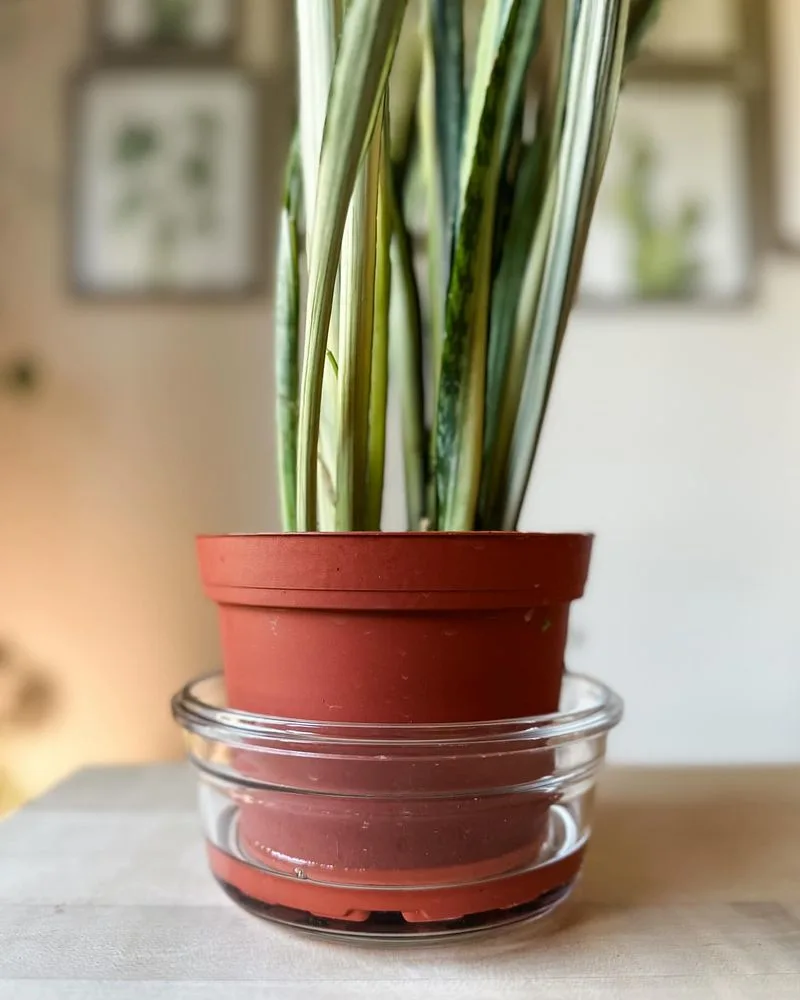
Each plant species has distinct watering needs. Some thrive in moisture-rich soil, while others prefer arid conditions. Recognizing the specific requirements of your plants is crucial. Doing so ensures they receive the appropriate care, promoting vibrant growth and resilience. A cactus, for instance, is content with infrequent watering, whereas ferns demand consistently damp soil. Reading up on the natural habitat of your plants can offer valuable insights. Understanding these nuances helps prevent common pitfalls, such as overwatering, which can lead to root rot. Pay attention to plant cues like drooping leaves or discolored foliage for guidance.
Morning vs. Evening Watering
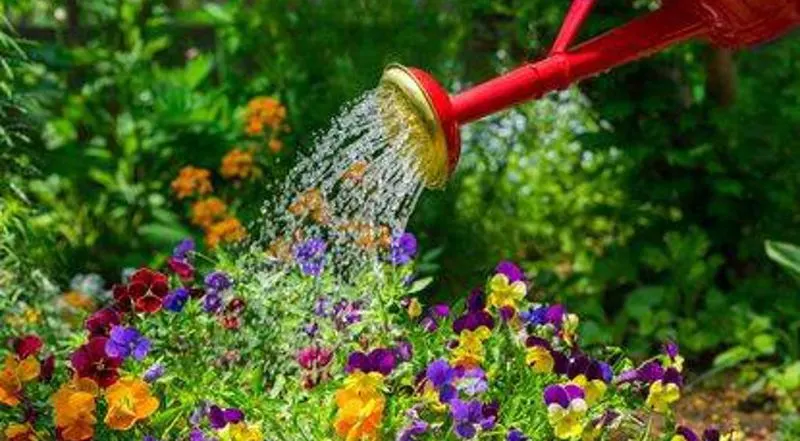
Timing matters when watering plants. Morning is often the best time, allowing water to soak into the soil before the sun’s heat causes evaporation. This ensures roots have ample time to absorb moisture. Evening watering, although common, can sometimes lead to mold and fungus as water sits on leaves overnight. Understanding your plant’s environment and the local climate can further refine this choice. For example, in humid areas, morning watering is preferable to prevent excess moisture. Adjusting watering schedules based on seasonal changes also supports optimal plant health.
The Finger Test
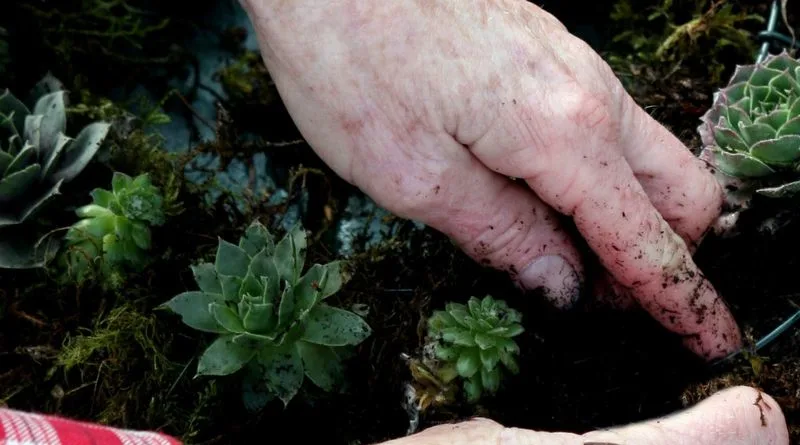
One of the simplest techniques to determine when your plant needs water is the finger test. By inserting a finger into the soil up to the first knuckle, you can gauge moisture levels. If the soil feels dry, it’s time for a drink. This method is particularly useful for indoor plants where soil drying can vary significantly. It’s an intuitive approach that requires no tools, making it accessible for all plant owners. Regular use of this test can prevent over and underwatering. Over time, you’ll develop a keen sense of your plant’s hydration needs.
Soil Quality and Drainage
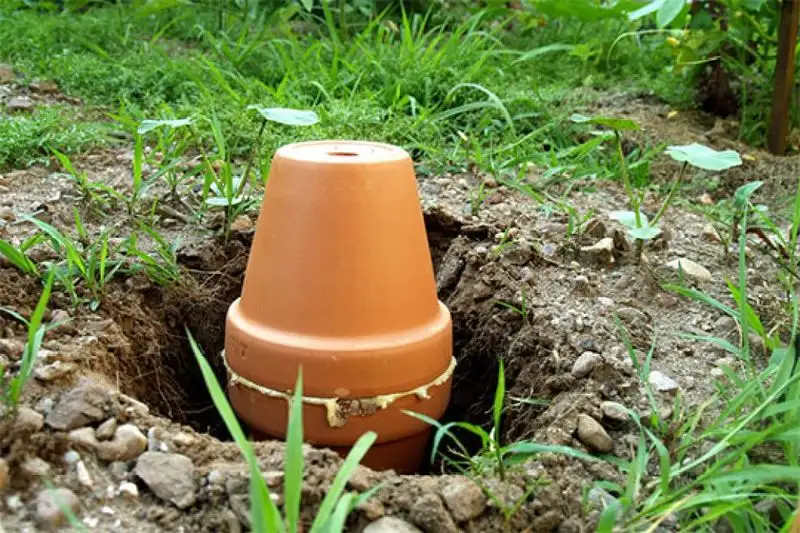
Healthy soil is the backbone of effective watering. Soil quality influences water retention and drainage. Sandy soils drain quickly, necessitating frequent watering, while clay soils retain moisture longer. Adding organic matter can improve soil texture, promoting better water balance. Good drainage is equally vital, preventing water from stagnating around roots. Containers with drainage holes are preferred for potted plants. Without proper drainage, plants may suffer from root rot. Regularly checking and amending soil conditions ensures a nurturing environment for plant roots. This foundational aspect of gardening cannot be overlooked.
Rainwater Collection
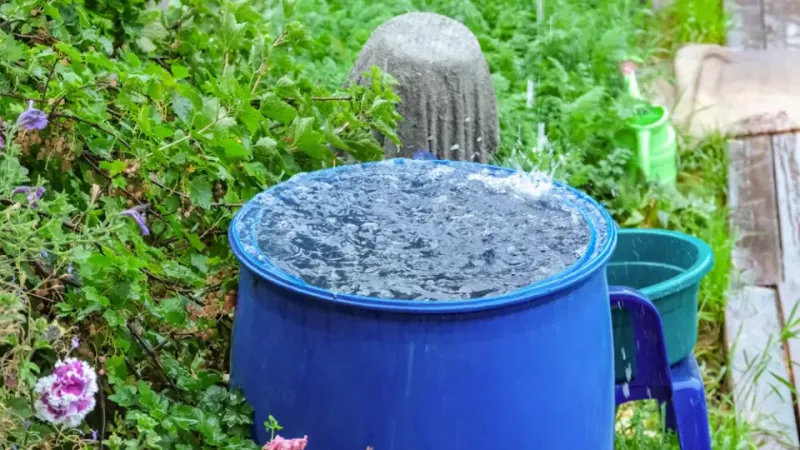
Using rainwater for plants is both eco-friendly and beneficial. Unlike treated tap water, rainwater is free from chemicals and rich in natural nutrients. Installing a rain barrel can provide a sustainable source of water for your garden. It’s particularly helpful in areas with frequent rainfall but is a viable option everywhere. To maximize benefits, ensure clean collection systems to prevent contaminants. Rainwater is typically neutral in pH, making it suitable for most plants. This practice not only conserves water but also aligns with natural growth processes, enhancing plant health.
Avoiding Water on Leaves
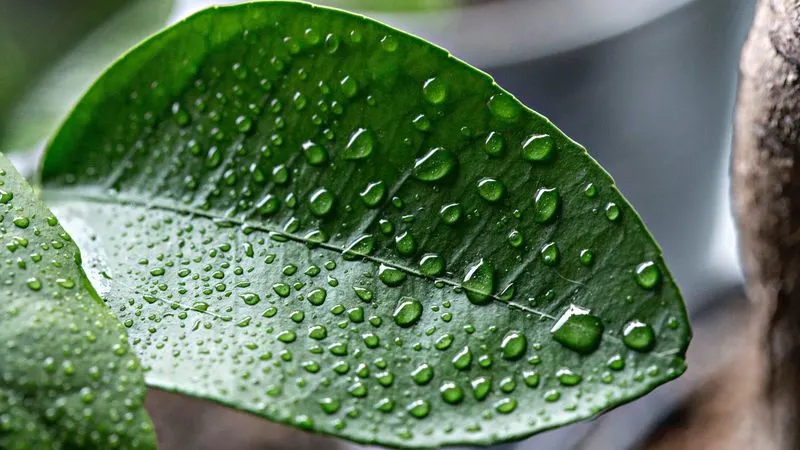
Direct watering on leaves can lead to disease. Moisture on foliage, especially under intense sunlight, can cause leaf burn. Additionally, prolonged wet leaves create a breeding ground for fungi and mold. Focus on watering the base of the plant instead. Subsurface irrigation methods, like drip systems, are effective for maintaining dry foliage. This approach minimizes disease risks and improves water efficiency. Observing your plant’s reaction to watering techniques can guide adjustments. Prioritizing root hydration over leaves ensures plants get the moisture they need without unwanted side effects.
Deep Watering Techniques
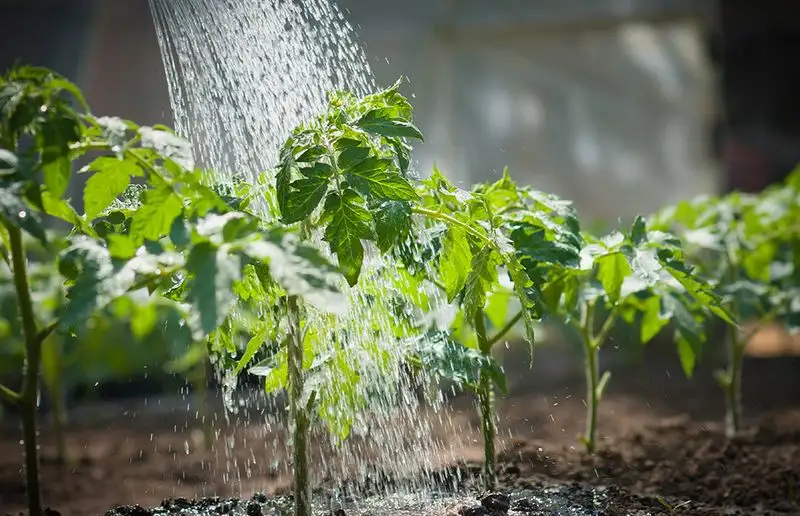
Deep watering encourages robust root systems. By allowing water to penetrate several inches into the soil, roots grow deeper, seeking moisture. This results in stronger, drought-resistant plants. A slow, steady application of water achieves this effect, often using a watering wand or soaker hose. Avoid shallow watering, which only moistens the surface, leading to weak roots. Deep watering is especially beneficial for trees and shrubs. Adjust techniques based on plant type and soil conditions. This method not only supports plant health but also reduces watering frequency, making it a practical choice for busy gardeners.
Signs of Overwatering
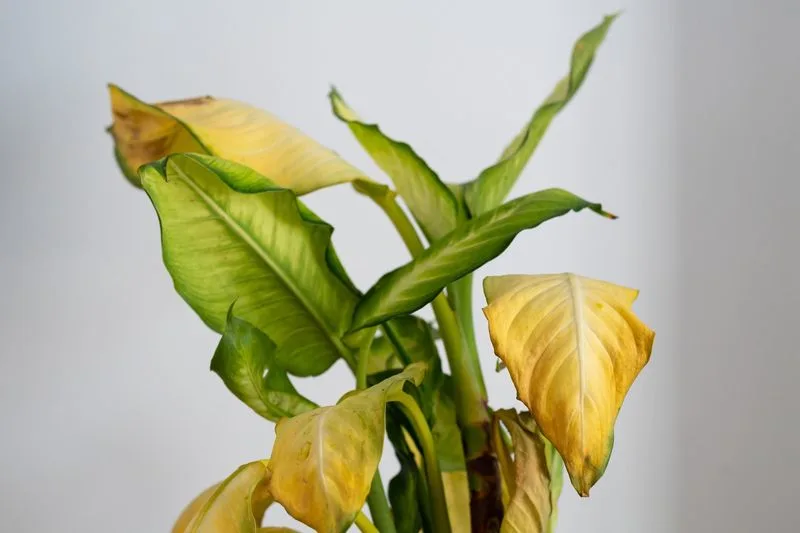
Overwatering is a common mistake with dire consequences. Signs include yellowing leaves, wilting despite moist soil, and root rot. Observing these symptoms early can prevent serious damage. Plants like succulents and cacti are particularly vulnerable, as they store water in their leaves. To rectify overwatering, allow soil to dry before the next watering. Improving drainage or repotting in suitable soil can also help. Being attentive to plant signals and understanding their natural water needs are essential. Over time, you’ll develop a balanced watering routine that keeps plants thriving without excess moisture.
Mulching Benefits
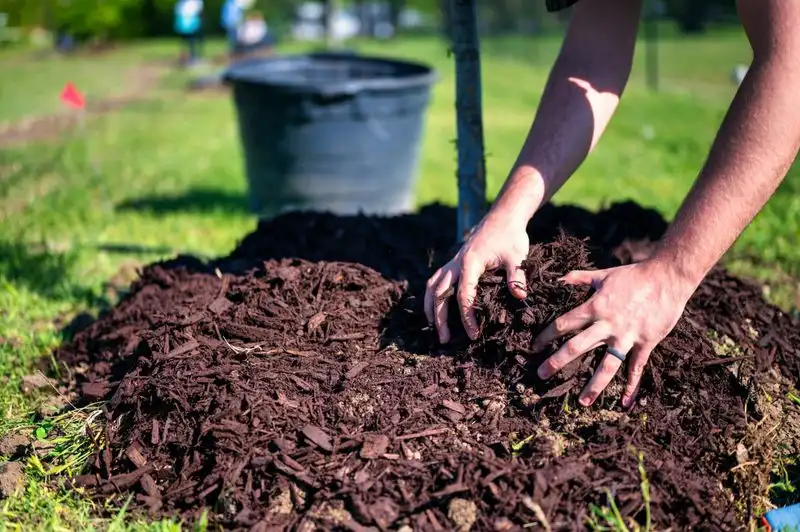
Mulching conserves soil moisture by reducing evaporation. This protective layer of organic or inorganic material keeps roots cool and minimizes weed growth. Mulch also enriches the soil as it decomposes, providing nutrients. Choose materials like bark, leaves, or straw, depending on plant needs and aesthetic preferences. Applying mulch in spring can prepare plants for summer heat. It’s crucial to maintain a consistent mulch depth for effectiveness. Avoid piling it against plant stems to prevent rot. Regularly refreshing mulch ensures continued benefits. This simple practice supports a sustainable gardening approach.
Watering Frequency
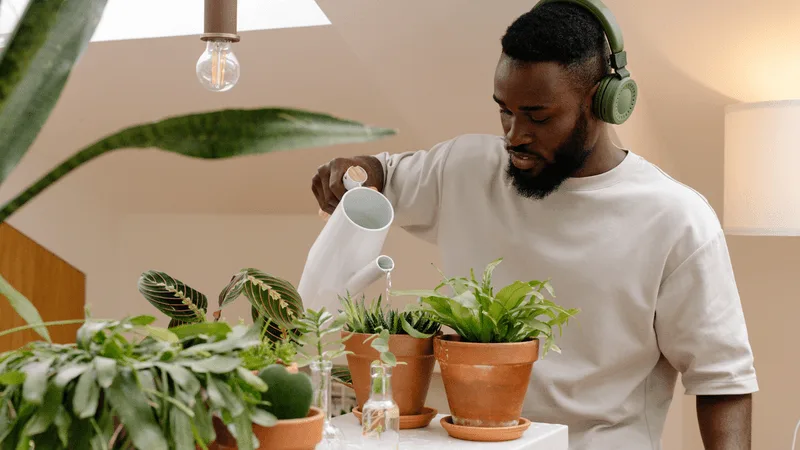
Finding the right watering frequency is essential for plant health. It varies based on plant species, pot size, and environmental conditions. Regularly reevaluating your schedule helps accommodate changes in season and plant maturity. For instance, seedlings need more frequent watering than established plants. A fixed schedule might not suit all plants, so be flexible and observant. Advanced gardeners often employ moisture sensors for precision. Consider climate factors like humidity and temperature, which influence water needs. Crafting a tailored watering plan ensures each plant thrives, fostering a dynamic and responsive gardening routine.
Watering Tools
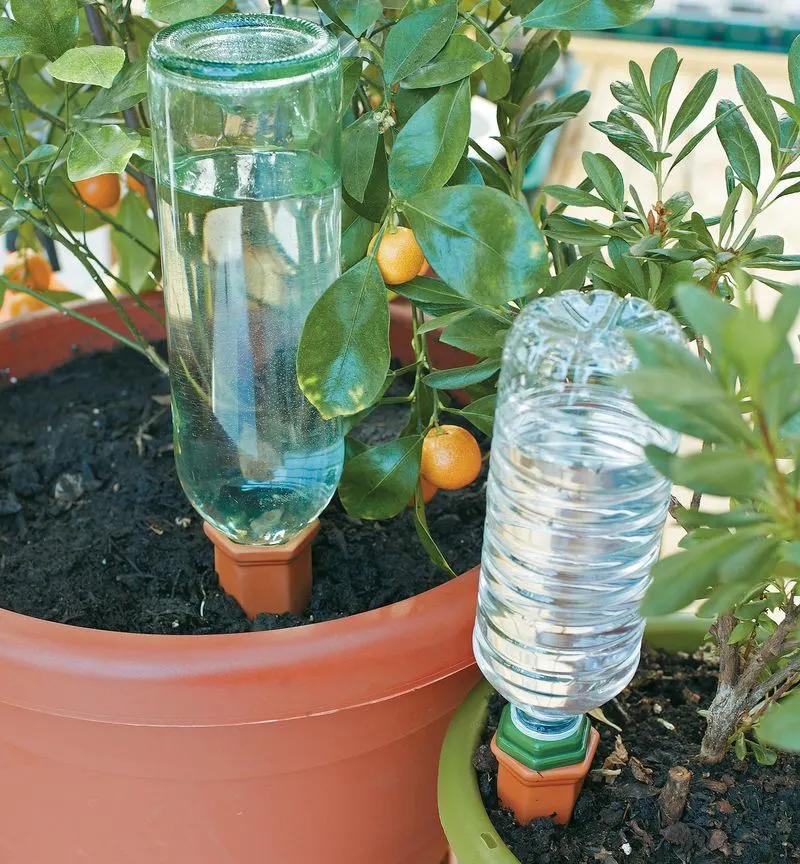
Choosing the right watering tools can enhance efficiency and plant care. Options range from traditional watering cans to modern drip irrigation systems. Each tool offers unique benefits, catering to different plant types and garden sizes. A watering wand, for example, allows precise application, while a soaker hose provides even distribution. An automatic timer can further optimize watering schedules. Investing in quality tools saves time and water, promoting a healthy garden ecosystem. Experimenting with various tools can reveal the most effective setup for your needs. Proper maintenance of tools ensures longevity and performance.
Water Temperature Matters
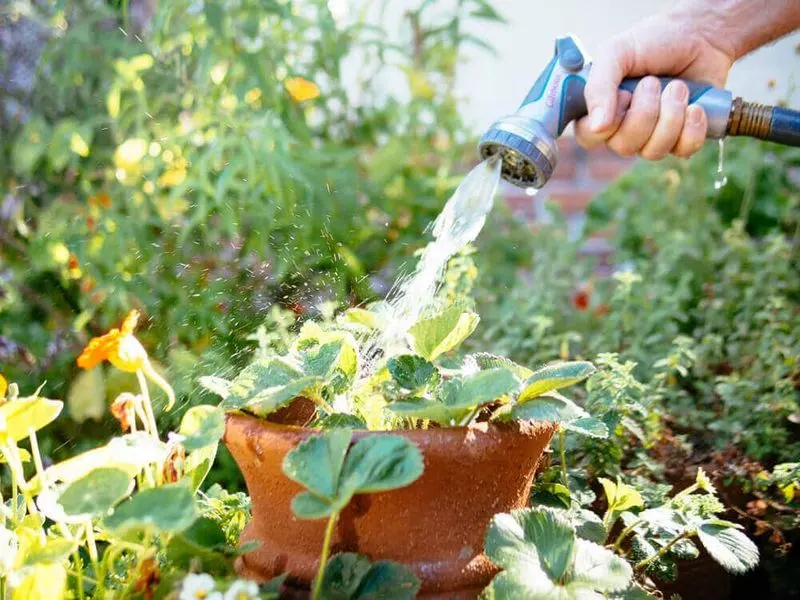
Water temperature can influence plant health. Cold water can shock the system, while excessively warm water may damage roots. Aim for room temperature water to provide a gentle and safe environment for plant hydration. This is particularly important for tropical species sensitive to temperature fluctuations. Testing water with your wrist is an easy method to gauge suitability. Consider the water source, as outdoor hoses can heat up in the sun. Being mindful of temperature ensures plants absorb water effectively without stress. This overlooked aspect can make a significant difference in plant vitality.
Grouping Plant Types
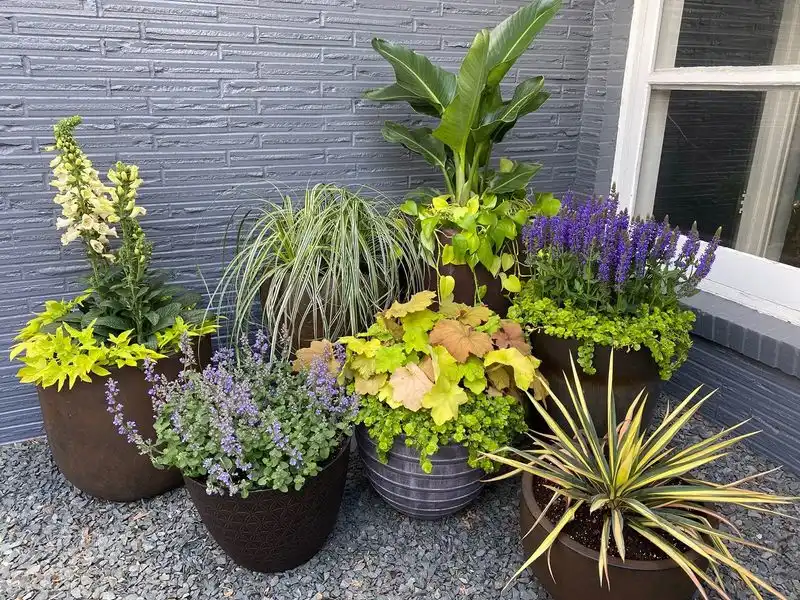
Arranging plants with similar watering needs simplifies care. Grouping drought-tolerant species together, for example, allows consistent care without over or underwatering. This method streamlines gardening tasks and enhances plant growth by respecting their natural preferences. It also facilitates efficient use of irrigation systems, ensuring every plant receives the appropriate amount of water. In mixed gardens, use visual cues or labels to identify groups. This organization benefits gardeners with varied plant collections, focusing efforts on each group’s specific needs. Thoughtful planning supports a harmonious garden environment, fostering plant health and gardener satisfaction.
Adapting to Seasonal Changes

Adjust watering routines with the seasons. Plants require different amounts of water depending on temperature, sunlight, and growth cycles. In winter, many plants enter dormancy, needing less frequent watering. Conversely, summer’s heat increases water demand. Recognizing these seasonal shifts helps maintain plant vitality. A flexible approach allows for timely adjustments, preventing stress from over or under-watering. Monitoring weather forecasts can aid in planning, particularly during transitional periods like spring and fall. This adaptability ensures plants receive optimal care throughout the year, promoting continuous growth and resilience across all seasons.
Recognizing Underwatering Signs
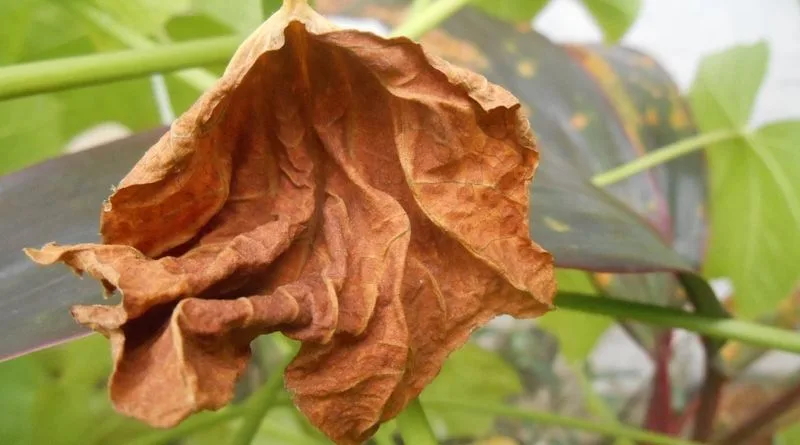
Underwatering can be as detrimental as overwatering. Signs include wilting, dry soil, and brown leaf edges. Recognizing these early indicators helps prevent further damage and supports recovery. Plants like ferns and tropical species are especially susceptible. To correct underwatering, water thoroughly and consistently. Improving soil quality with organic matter can enhance moisture retention. Observing plant habits and adjusting care routines based on environmental conditions, including sunlight and humidity, is crucial. By understanding these cues, you maintain a balance that supports healthy growth. This attentiveness fosters a thriving garden environment with flourishing plants.
The Role of Humidity
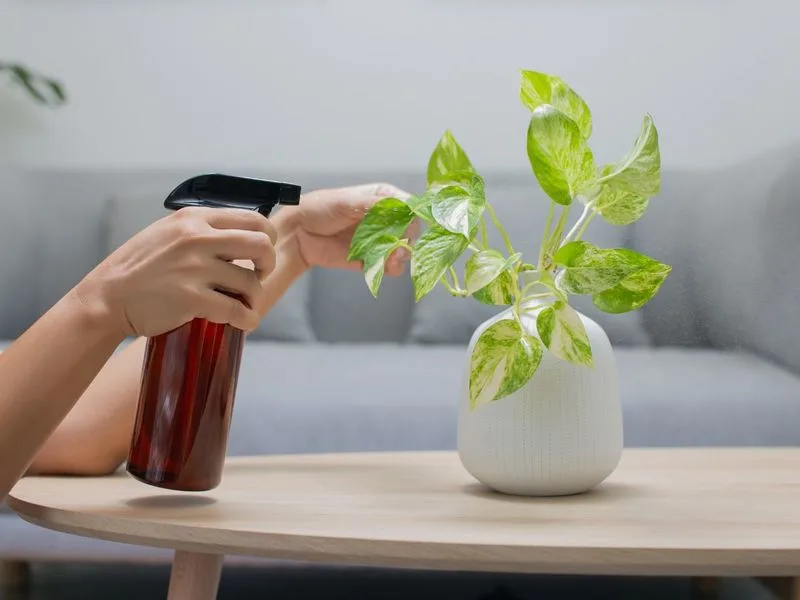
Humidity plays a significant role in plant hydration. High humidity reduces water loss through leaves, while low humidity necessitates more frequent watering. Indoor plants often benefit from additional humidity, achievable with a humidifier or pebble trays. Monitoring humidity levels helps tailor watering practices to specific plant needs. Tropical plants, in particular, thrive in humid conditions, reminiscent of their natural habitats. Understanding the interplay between humidity and watering ensures balanced plant care. This knowledge empowers plant owners to create an environment conducive to growth, leveraging humidity as a tool to enhance hydration effectively.
Using Greywater Responsibly
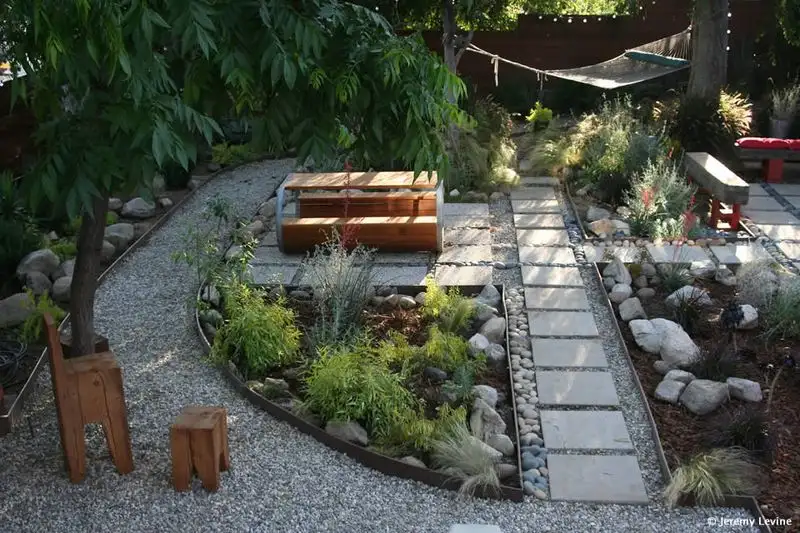
Greywater, or recycled household water, can be a sustainable watering option. Avoid using water with harsh chemicals or oils, as they harm plants. Safe sources include bath and laundry rinse water. Implementing a basic filtration system ensures water quality. Greywater systems align with eco-friendly gardening practices by conserving resources. They reduce freshwater use and provide plants with moisture, particularly in drought-prone areas. Understanding local guidelines and regulations is crucial to responsible greywater use. With proper care, this method supports sustainable gardening, balancing ecological impact with effective plant hydration.
Signs of Healthy Watering
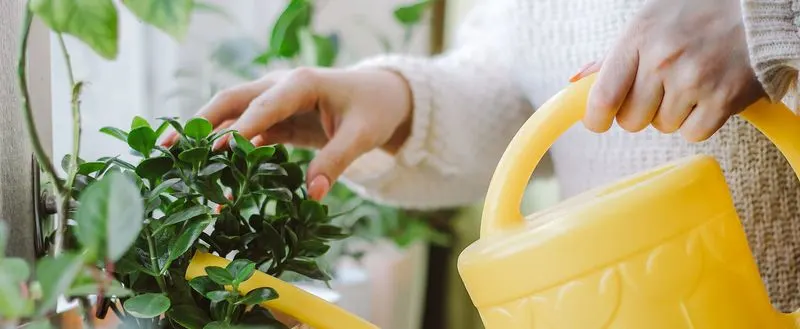
Healthy watering practices manifest in vibrant, thriving plants. Look for lush foliage, strong stems, and consistent growth as indicators. The right balance of water supports photosynthesis, nutrient uptake, and root development. Regular observation of plant health aids in refining watering techniques. Each plant type may display different signs, but overall vitality is a common thread. Comparing before and after watering results can guide adjustments. This attentive approach allows gardeners to optimize care routines, fostering an environment where plants flourish. Understanding these signs helps maintain a thriving garden, rewarding careful watering efforts.
Watering Newly Planted Seeds
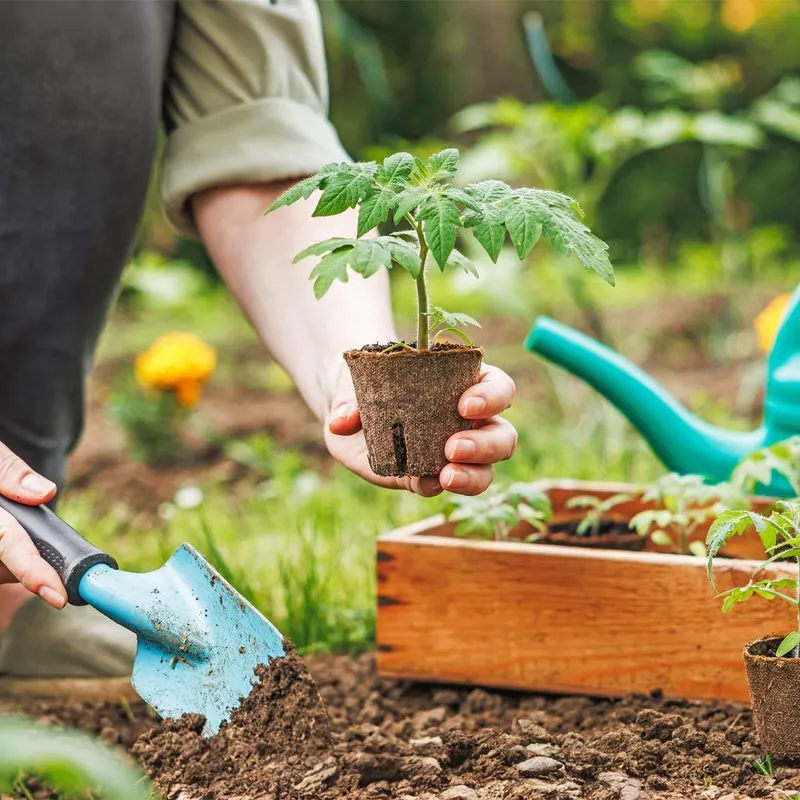
New seeds require careful watering to ensure successful germination. Light, frequent watering keeps the soil consistently moist without disturbing delicate seedlings. Using a fine mist spray or a gentle watering can helps achieve this balance. Avoid heavy streams of water that could displace seeds. Monitoring soil moisture is essential during this stage, as new plants are sensitive to fluctuating conditions. As seedlings grow, gradually adjust watering patterns to support their developing root systems. This initial care sets the foundation for strong, healthy plants. Maintaining vigilance during early growth stages ensures a flourishing garden start.

